Your fireplace damper is a critical component that must be operated correctly to protect your family and your property. We’ll answer your questions and help you understand how to operate your fireplace damper safely.
WHAT IS A FIREPLACE DAMPER?
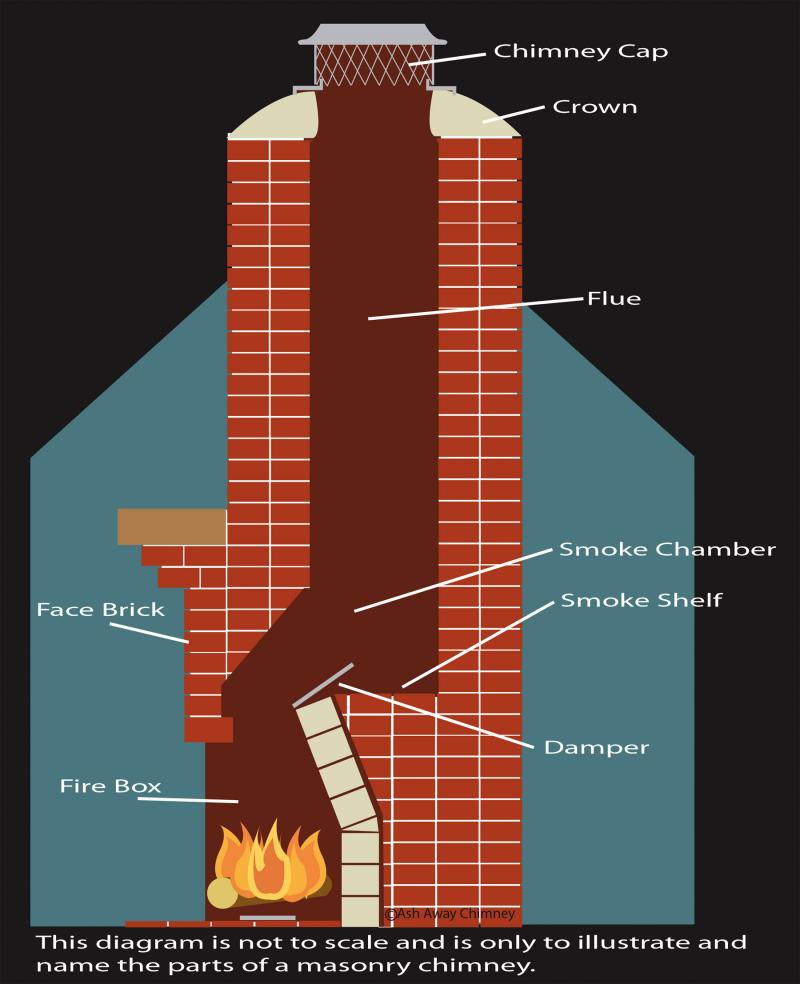
A fireplace damper is designed into your fireplace to open or close the chimney flue. Think of a chimney damper as a small mini door that, when closed, stops any airflow through the firebox. When opened, the damper establishes the draft, and smoke is pulled up the chimney.
An effective damper can be compared to your front door. Left open, you’ll lose lots of heat. Do some of those long ‘goodbyes’ with friends and family at the front door come to mind?
Since warm air rises, heat will not be lost up the chimney without a fire in the fireplace. Conversely, because cold air is heavier, closing the damper when the fireplace is not in use will prevent cold air from spilling down the chimney and cooling the living room.
WHY IS A FIREPLACE DAMPER IMPORTANT FOR SAFETY AND EFFICIENCY
The fireplace damper is crucial for a couple of reasons.
- When a fire is going, the damper MUST be fully opened. If not completely open, we guarantee that smoke will quickly return to the room, creating a potentially hazardous situation. Therefore, always check to make sure the chimney damper is completely open before starting a fire.
- You should close the chimney damper when the fire and coals are out and the fireplace is not in use. This will prevent the house’s heated air from being pulled through the fireplace and lost up the chimney and will also stop cold air from coming back into the house.
Each year, retail fireplace dealers get phone calls from customers asking why their furnace cycles on or why the living room cools down when they have a fire. Nine times out of ten, the fire has gone out, and the damper has been left open.
With an 8” or 10” hole through your living room ceiling and depending on the weather conditions, you can almost picture that column of warm air being drawn out of the house or cold air spilling into the living room!
HOW TO USE A FIREPLACE DAMPER: A STEP-BY-STEP GUIDE
Correctly using a fireplace damper is easy.
- The time to fully open the damper is before you strike a match to the newspaper and kindling. If you’re unsure if it’s open, bend down and look inside the fireplace at the top of the firebox. You may need a flashlight, but once you know what you’re looking for, it will be evident if the chimney damper is open.
- Keep it fully open until all embers and coals have burned out. This will allow smoke and other combustion by-products to exit the fireplace safely and up the chimney.
- Close the damper after the fire, and the coals have completely burned out. After some practice, you’ll get a sense of how many logs to add in the evening and how long burning coals and embers will last before retiring for the night. Then, by fully closing the damper, you can prevent the loss of warm air from your home up the chimney when the fireplace is not in use. And again, if you’re not sure if the damper is fully closed, bend over and look at the inside top of the firebox.
DIFFERENT TYPES OF FIREPLACE DAMPERS
There is a diverse range of damper styles, each suited to different fireplaces. Understanding these options will help you to make informed decisions about your fireplace.
Cast Iron or Steel Dampers: If yours is a masonry fireplace, your chimney damper will likely be one of these two types. The first is made of cast iron or heavy steel. It often spans the full width at the top of the firebox.
This type of fireplace damper is usually opened and closed with a worm gear mechanism. A key will normally be seen from the front of the fireplace. By continually turning this key to the left, the damper will open. Conversely, turning the key clockwise to the right, the damper will close.
Lever-Operated Dampers: The second type of masonry fireplace damper is operated by a simple lever that’s normally mounted on the right inside wall of the fireplace. By pulling the lever toward you, the damper opens. By pushing it away from you, the damper is closed.
ZC Pivoting Dampers: The damper on some factory-built zero clearance (ZC) fireplaces differs from those mentioned above. In many ZC fireplaces, the damper is a simple metal plate that pivots open when a lever is pushed or pulled.
Incidentally, the efficiencies for this type of equipment are not rated. Still, they are very low compared to an EPA-certified model. The doors on ZC fireplaces are not gasketed or sealed, and the control over the burn rate is not precise.
Lock-Top Damper: The cap on the top of the chimney is replaced with a spring-loaded damper or lid, so to speak. The chimney is effectively sealed at its top, not at the top of the firebox. These lock-top sealing dampers come in different sizes and shapes, but their function is the same as that of other dampers: They seal up the chimney.
Lock-top dampers are designed to prevent cold outside air from spilling down the chimney or transferring warm, heated air from the house up the chimney.
How does a lock-top damper work? A heavy-duty cable is installed down the chimney and through or around the old damper. Often, a damaged damper is completely removed. This cable is mounted to a handle and bolted to the inside wall of the fireplace. The cable is pulled to spring the damper up or to open it. Or, it can be pushed to seal it back up.
The installation of this device can be tricky and is best left to a professional.
EPA-Certified Fireplaces: Generally speaking, if your fireplace is an EPA-certified unit, it will be designed with gasketed, ceramic glass doors; it will not have a damper. EPA-certified fireplaces and stoves are designed to be burned with the doors closed tight.
FIREPLACE DAMPER VS. AIR CONTROL
EPA-certified fireplaces have primary air controls that allow a specific air volume into the firebox for efficient combustion. In essence, the chimney is always “open” and cannot be closed off with a damper. However, the sealed, gasketed doors prevent air leakage and smoke from entering the room. That’s why it’s always essential to keep the doors closed whether you have a fire going on or not.
The primary air control on an EPA unit controls the burn rate. More air to the fire means more heat in the room and shorter burn times for the wood. Reducing the amount of combustion air results in longer burn times and less heat.
Make sure to tell apart the primary air control ‘ON’ on an EPA-certified fireplace from the damper on older fireplaces. They function differently.
- The primary air control on an EPA-certified fireplace controls the burn rate of the fire. It determines how hot or lively the flames are and how much heat is produced.
- On the other hand, a damper opens and closes the chimney flue to control the draft.
TROUBLESHOOTING FIREPLACE DAMPER ISSUES
If you’re noticing a damper that does not seal tightly, is cracked, warped, or is missing altogether, it’s probably time to call in the ‘A’ team. WE LOVE FIRE®, as well as national fireplace and safety codes, recommends that chimneys be cleaned and inspected annually by a certified chimney professional. They will inspect your entire fireplace system, including the damper and chimney. So, if there’s a problem with a damaged or missing damper, it will be obvious to the inspector, and options to repair or replace will be discussed.
Another frequently asked question is, “What can be done with my fireplace that is missing the damper?” Many years of heating up to high temperatures and cooling down will take a toll on any damper. They can warp, twist, rust, and begin to deteriorate. A “lock-top sealing damper” device might be the answer in cases like these.
FIREPLACE DAMPER SAFETY TIPS:
- Remember, never close a fireplace damper while a fire is burning. Smoke will quickly back up and fill the room, posing severe health risks and potential property damage. Always ensure the damper is completely open before starting a fire to avoid these dangers.
- But can I close my damper just a little so I lose less heat on my chimney? No, never do this. The damper to your fireplace must be completely open when a fire is burning. If you close the damper even slightly, you risk allowing smoke and other dangerous contaminants from the combustion process into the house. And remember, the most dangerous by-product of combustion is carbon monoxide. Always keep the damper fully open until the fire and all coals have entirely burned out.
What about gas logs?
There are circumstances where a damper must be left open all the time. Decorative gas logs in fireplaces are very popular.
Does the damper need to be opened for safety? The answer depends on local codes in your area and the type of gas logs.
Vented Gas Logs: Many gas log sets are vented, meaning the damper must be wide open to operate safely. Since the pilot light runs continuously and there’s a risk of forgetting to open the damper before the gas logs are ignited, a small C-clamp keeps the damper slightly ajar.
Unvented Gas Logs: Other gas logs are unvented and can be operated with the damper closed. Unvented logs may add a little heat to the room but are also likely to add considerable moisture. Some unvented equipment may cause odors in the home, too. Because of the moisture and odors, many dealers and manufacturers recommend operating unvented gas logs for only a few hours.
SAFETY TIPS!
- Before you go the unvented gas log route, be sure to check your local codes. Some areas do not allow them.
- One last fireplace safety tip: if possible, try to visually inspect the damper and check to see if it’s sealing tight. Can it be easily opened and closed? It may be a bit stiff, but it should not take leaning into it with both hands and using all your weight to make it move!
LET’S SUMMARIZE THE FIREPLACE DAMPER GUIDE:
Before you start a wood fire, always fully open the damper.
Keep the damper fully open until all the embers are completely burned out.
- If you have a vented gas log set in your fireplace, turn off the flames before closing the damper as far as the safety C-clamp allows.
- If yours is an unvented gas log, the damper can be fully closed, but again, be aware of the moisture and odors concerns with unvented equipment.
- If there is no fire in your fireplace, keeping the damper closed is always good practice to prevent air infiltration and heat from being lost up the chimney.
- Using a damper is a simple concept. However, not using it correctly or forgetting about it can have serious consequences, putting your loved ones and property at risk.
WE LOVE FIRE® is your trusted partner for everything about your hearth and home. We have a network of experts, all independent, family-owned, local businesses across the USA and Canada that offer:
- Premium and affordable wood-burning and gas fireplaces, stoves, and inserts.
- Assistance in planning and designing the hearth portion of your building or remodeling project.
- Personalized guidance on selecting and operating your equipment safely and efficiently.
- Meeting customer expectations by providing a thorough understanding of hearth products.
- Professional installation and maintenance services.
Do you want to create and enjoy a warm, inviting space for your loved ones? We’re here to help you make unforgettable memories. Please visit our website to find a dealer near you.
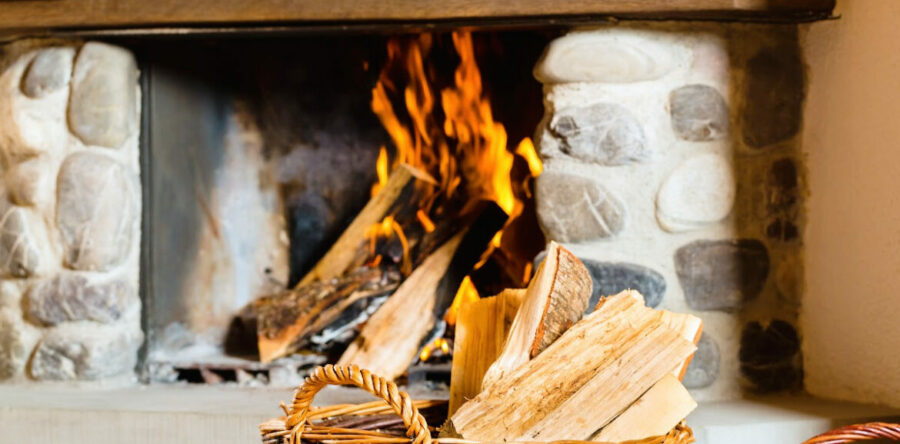

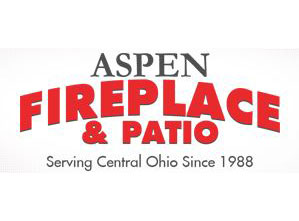
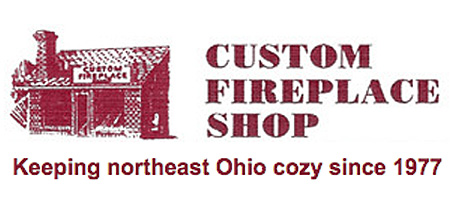



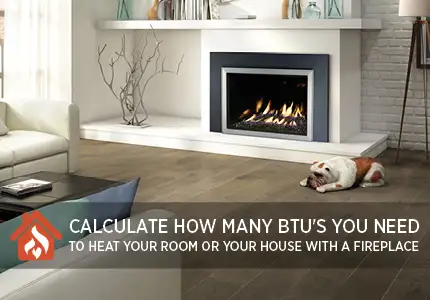

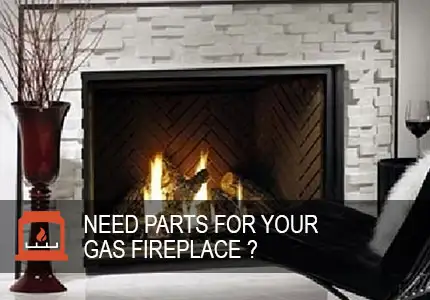
5 Responses